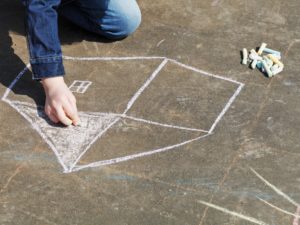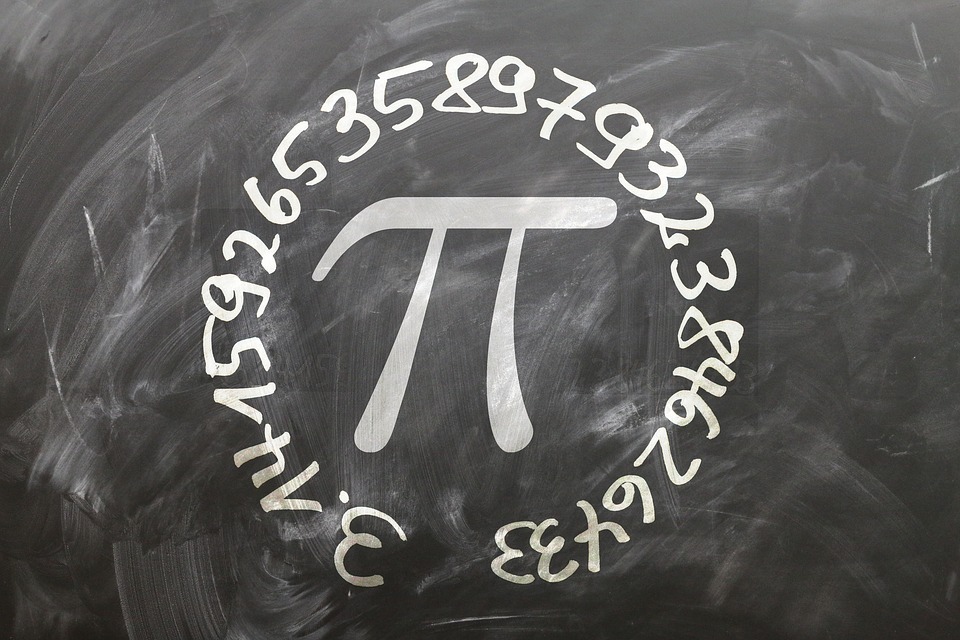Summer can be a challenging time not just for parents but kids. They are accustomed to cerebral challenges that keep them motivated and summer arrives with its sports, naps, and vacations. If your kids miss the thrill of problem-solving or if you worry about them sliding backward without the mental exercise that is integral to school, ORIGO has come up with seven fun math activities that use a blend of popular math apps and everyday activities (like cooking) to fill the summer break with the excitement of math:
***
Seven Fun Math Activities for the Summer Break
The long weeks of summer break are wonderful for family time and vacations, but not so wonderful at keeping students on a positive learning curve. The Summer Slide is a very real issue, especially in mathematics instruction where students lose about one month of learning during the break and in some cases, 2.6 months of learning.
Parents and caregivers can help slow down the slide and even help their children gain important skills for the following school year. Young children especially benefit from fun math games. ORIGO Education, a curriculum publisher specializing in early math education, pulled together a list of fun summer activities.

Debi DePaul is ORIGO’s elementary mathematics consultant. “Summer is an ideal time to mix fun with learning. Parents can mix up math in the kitchen, on the sidewalk, even at the beach!” said DePaul. “The best math activities involve using multiple senses like smell and touch. This multisensory play time cements a deeper understanding of fundamental math skills like recognizing proportions, estimation skills, measurement skills, and number sense.”
ORIGO offers four free Num Fu apps (addition, subtraction, multiplication, and division) on the App Store for Apple devices. DePaul recommends downloading
these free learning games and also trying some of the following activities:
- Kid-friendly recipes teach kids about volume and measurement. Math skills are reinforced when kids need to find the proper measurements for liquid and dry ingredients. Additional challenge: double a recipe or divide a recipe in half.
- Read the label to determine the number of ounces that are in a juice or milk container. Calculate how many 5 oz. cups can be poured. Change to 6 oz., 8 oz. and so on.
- Use sidewalk chalk to draw a hopscotch outline. Place numbers in each square based on the challenge. Use basic addition to hop through the squares and add up the numbers along the way. Try skip counting by placing stones at intervals.
- Draw shapes on the sidewalk. Ask the child to identify the shape, find the perimeter, find the area, or calculate the volume (depending on their age).
- Choose 3-4 different types of flower seeds and plant them in the ground or in planters. Label the seeds. Make a chart and label with the type of flower, date and measurement. As seeds sprout, record the date and measure the sprout. Continue measuring until all seeds have sprouted and the first flower blooms from each type of seed. Answer questions like: Which seed sprouted first? Last? How much taller was the first sprout compared to the last sprout? Draw a bar graph using the date collected.
- Collect coins in a jar and guess the total number of coins or calculate sums, add up by intervals, or play grocery store.
- Make a coin toss game by taking coins out of a jar. Each player tries to toss 10 coins in the jar. Any coins that go out of the jar are given to the next player. Continue until all coins are tossed. Players add up the coins collected from the missed throws. For an easy version, count the total number of coins. To make it more difficult, add the value of the

Drawing on the sidewalk let’s children explore shapes and play with numbers on a hopscotch board. coins together.
Above all, DePaul says, have fun in the summer. Math can be a child’s favorite subject but can also end up being their least favorite if the activities are stressful and assigned like a chore. Find ways to play together.
“All children, but especially young children, need to keep practicing math in summer. However, this practice time should be fun!”
Additional Resources
- ORIGO 1 Channel on YouTube – one-minute math videos for grades Pre-K-6
- 15 Math Games
Jacqui Murray has been teaching K-18 technology for 30 years. She is the editor/author of over a hundred tech ed resources including a K-12 technology curriculum, K-8 keyboard curriculum, K-8 Digital Citizenship curriculum. She is an adjunct professor in tech ed, Master Teacher, webmaster for four blogs, an Amazon Vine Voice, CSTA presentation reviewer, freelance journalist on tech ed topics, contributor to NEA Today, and author of the tech thrillers, To Hunt a Sub and Twenty-four Days. You can find her resources at Structured Learning.




































